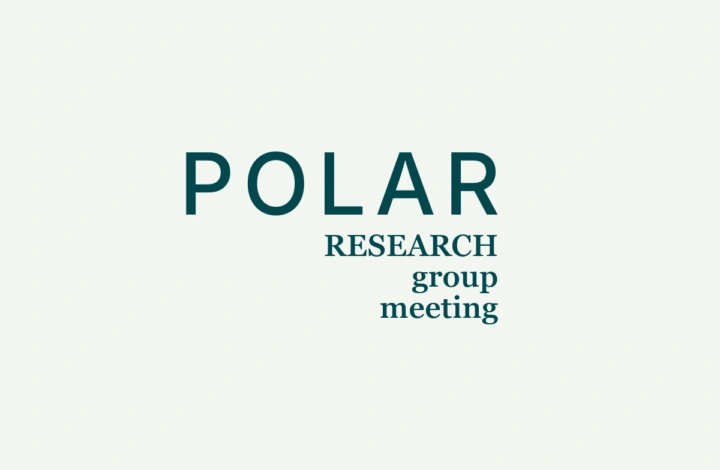Kalender
Polar research group meeting

Tidspunkt
20. november 2025, 11:00-13:00
Sted
Copernicus lecture room (114; NERSC)
As previously mentioned (including at the recent annual meeting), the Bjerknes Centre is in the process of renewing its strategy. We will therefore have a new Polar meeting dedicated to discussing what we think the Bjerknes Centre should be doing over the next years and how we should achieve these objectives.
As these discussions requires energy, we will also use this opportunity for a small pre-christmas lunch. So please confirm your attendance.
When: Thursday 20 November at 12:00-14:00
Where: Copernicus lecture room (114; NERSC)
Best,
Marius
Kontaktpersoner

Marius Årthun
Forskningsleder/ Research leader - Polar climate, UiB - Universitetet i Bergen
Flere kalenderoppføringer
Se alle
08.12.25
Bjerknes X-theme seminar. Fieldwork
Dear all, Next Monday, December 8th, will be our next X-theme seminar. The topic will be “Fieldwork”, presented by Ella Walsh, Håkon Sandven, Willem van der Bilt and Joseph Gaudard. From Global, Ella Walsh will present on "Looking back through the Middle Stone Age: fieldwork in Klasies River Cave, South Africa" . From Polar, Håkon Sandven will present “Optical field measurements in the Arctic". From Hazards, Willem van der Bilt will present “Hunting for evidence of past tsunamis in the world's biggest fjord”. From Carbon, Joseph Gaudard will present “The journey of Data: from mountain tops to data papers”. We hope to see you there! Best regards, Fiona, Johannes, Julia and Robin Zoom details https://uib.zoom.us/j/62554083320 Password: bScc54hk!

10.12.25
Disputas: Johannes Hardeng: «Floods and avalanches in a changing climate: Reconstructing frequency and seasonality from lacustrine records in southern Norway»
KUNNGJØRING DISPUTAS UNIVERSITETET I BERGEN Det matematisk-naturvitenskapelige fakultet Ph.d.-grad MSc. Johannes Hardeng disputerer for ph.d.-graden: Tid: Onsdag 10. desember 2025, kl. 10.15 Sted: Auditorium 5, Realfagbygget Se her for pressemelding Se her for avhandling Kalenderoppføring Avhandlingens tittel «Floods and avalanches in a changing climate: Reconstructing frequency and seasonality from lacustrine records in southern Norway» Opponent Amanuensis Rachel Lupien Institut for Geoscience Aarhus Universitet Danmark Opponent Seniorforsker Juan Pablo Corella Spanish National Research Council (CSIC) Spania Øvrig medlem i komiteen Professor Henriette Linge Institutt for geovitenskap, UiB Leder av disputasen Professor Ulysses Silas Ninnemann Institutt for geovitenskap, UiB Veiledningskomité Professor Jostein Bakke, Institutt for geovitenskap, UiB (hovedveileder) Forsker Willem G.M. van der Bilt, Institutt for geovitenskap, UiB (medveileder) Adgang for interesserte tilhørere. Velkommen til lokalet i god tid før disputasen begynner!